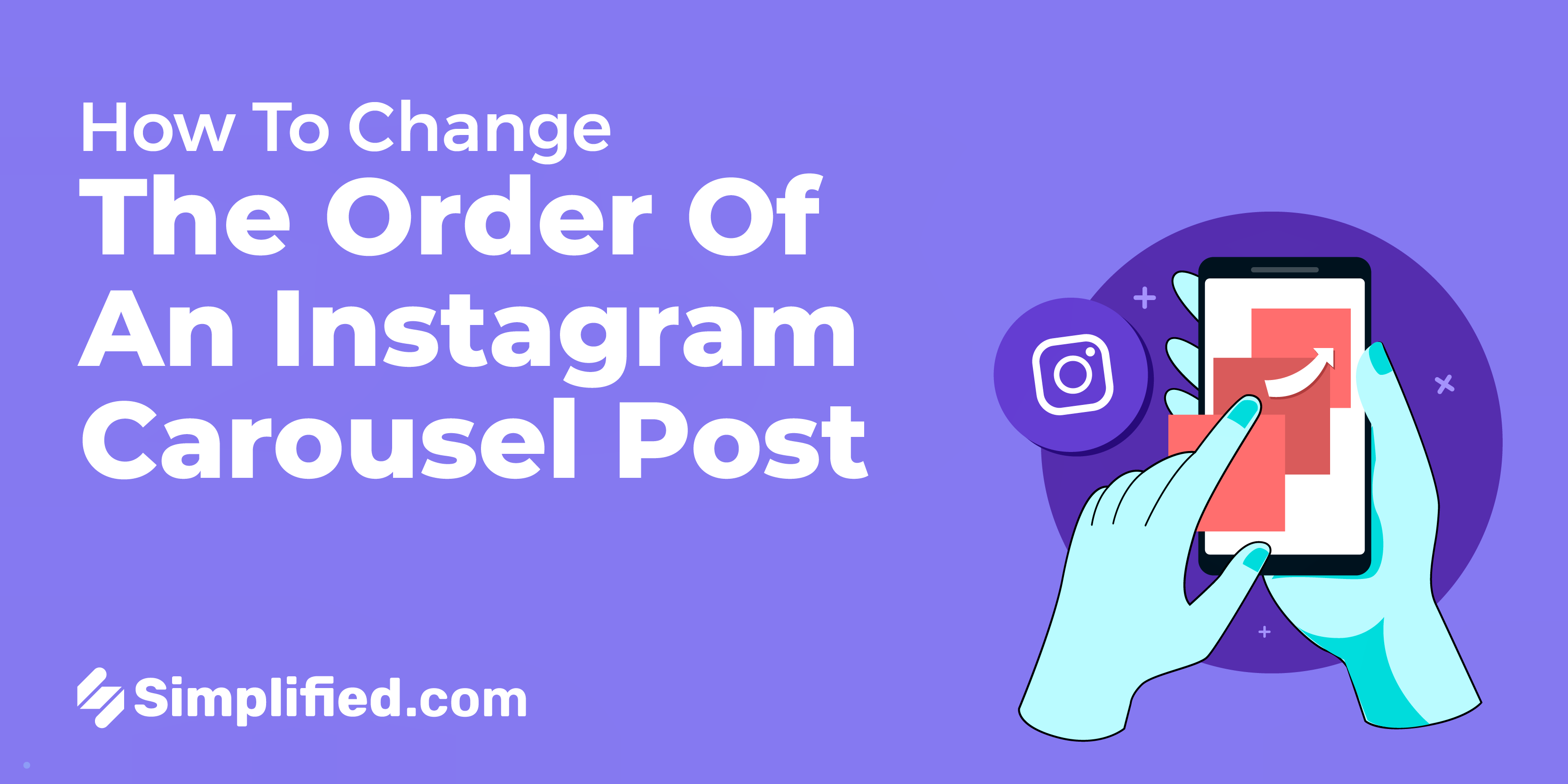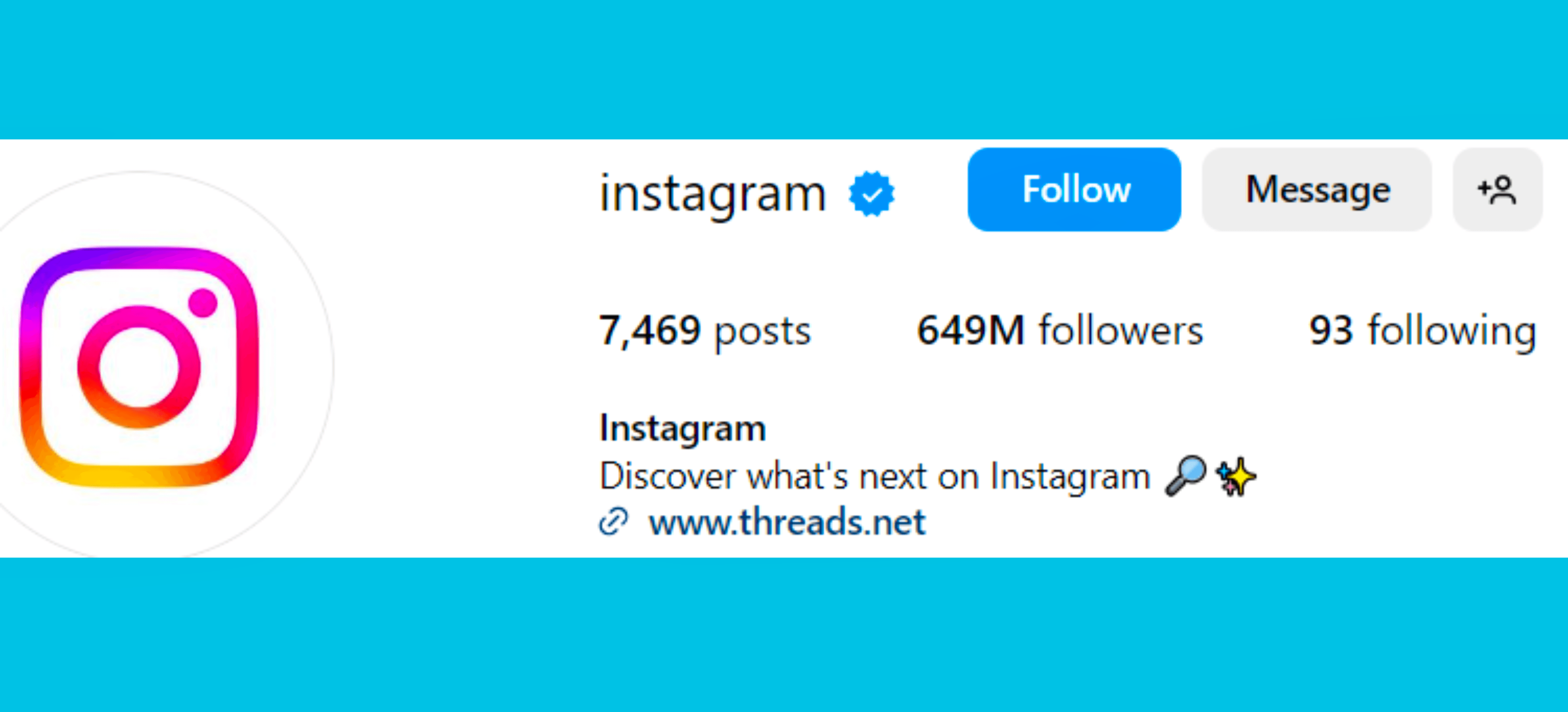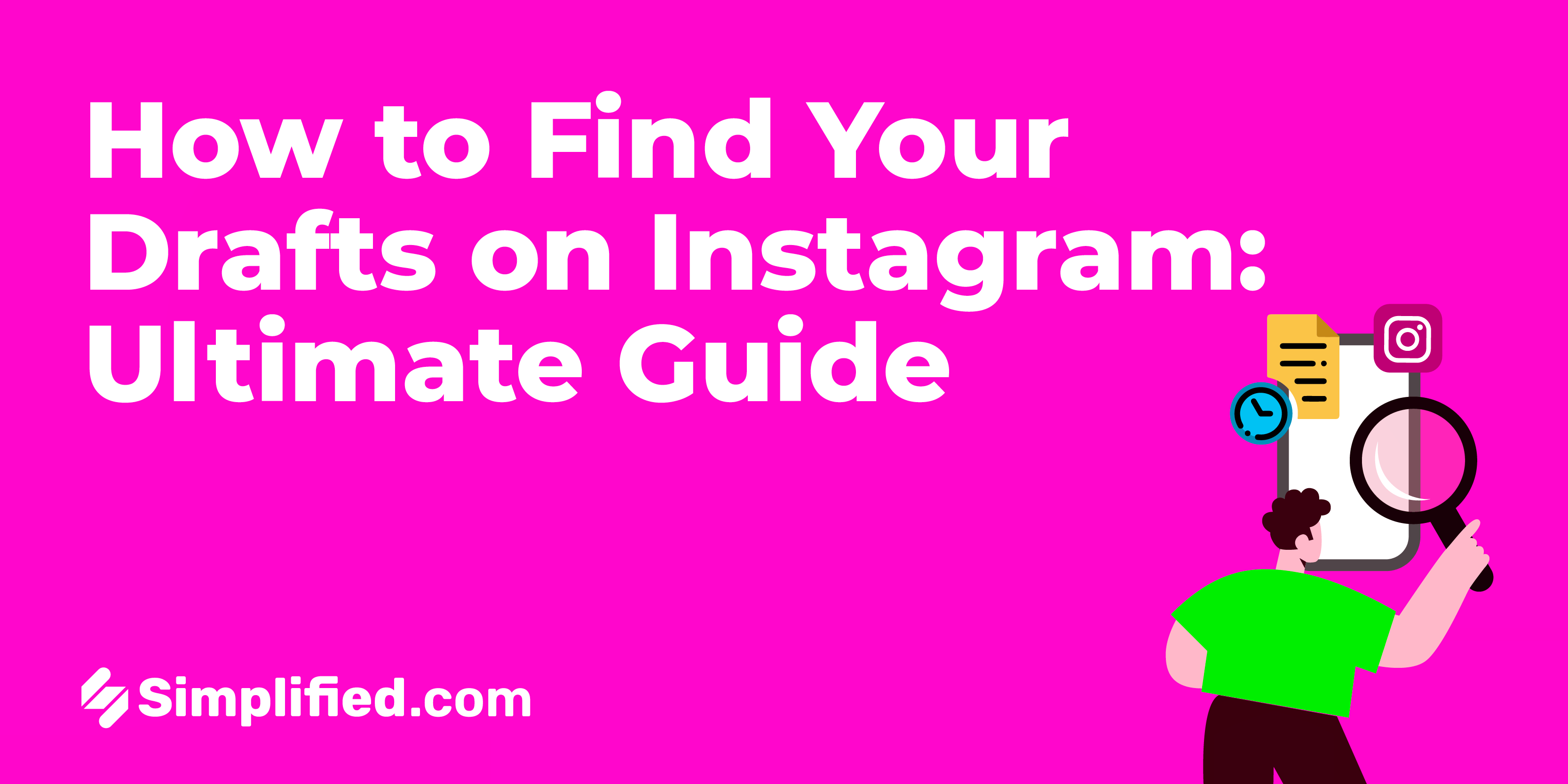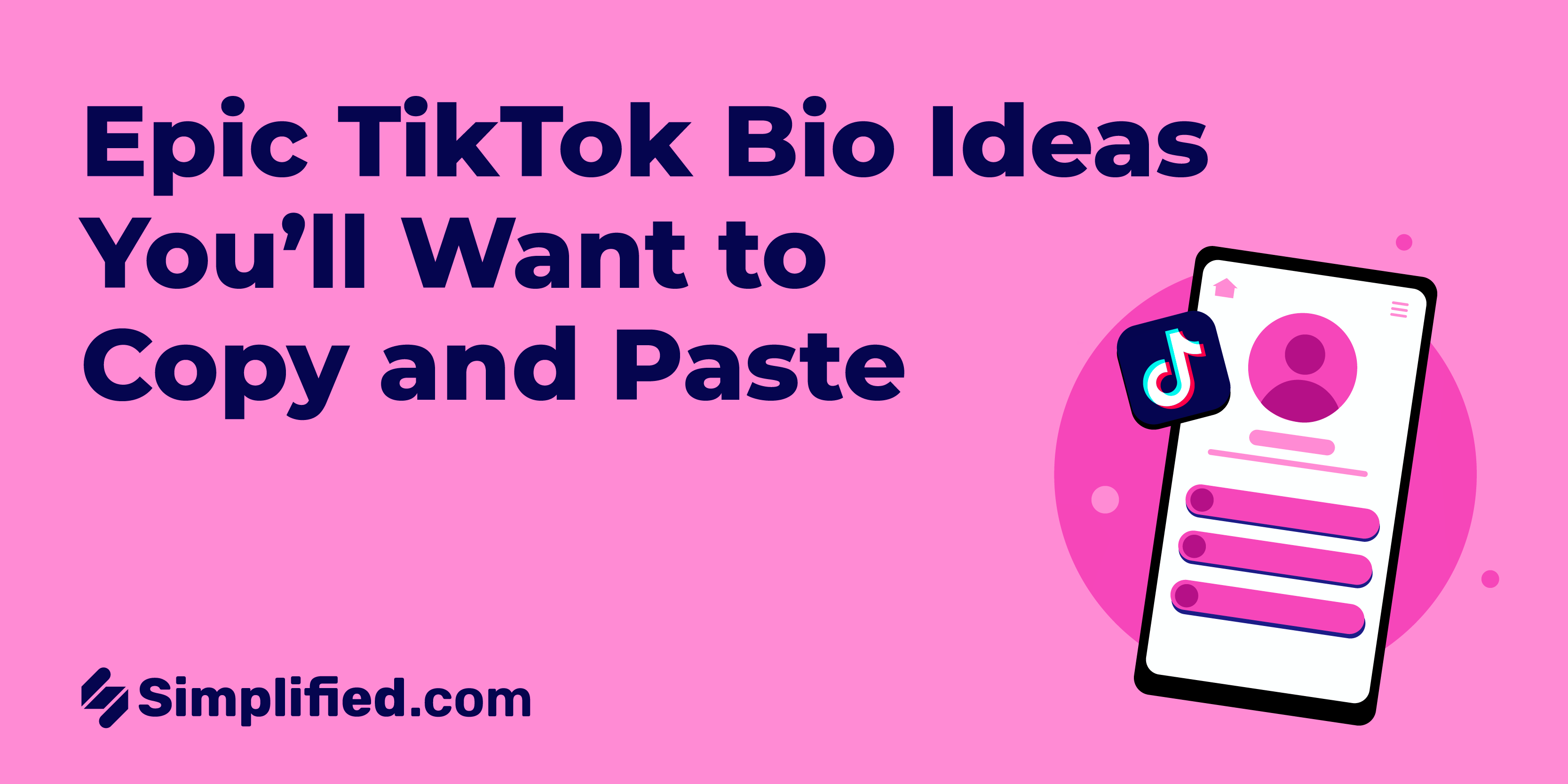What do you mean by FOMO?
FOMO (Fear of Missing Out) is a feeling of anxiety that arises from the belief that others are having more fun or are more successful than you are. It is often triggered by social media posts that show people engaging in exciting or glamorous activities.
FOMO: How to Create Content That Taps into People's Fear of Missing Out
FOMO, or the fear of missing out, is a real psychological phenomenon that can be used to great effect in marketing. By creating content that taps into people's FOMO, you can encourage them to take action, whether it's making a purchase, signing up for a service, or simply following you on social media.
Here are a few tips on how to create content that taps into people's FOMO:
Create a sense of urgency. One of the best ways to trigger FOMO is to create a sense of urgency. This could mean offering a limited-time discount, running a flash sale, or simply telling people that your product or service is only available for a short period of time.
Showcase social proof. People are more likely to take action if they see that others are doing it. This is why showcasing social proof is such an effective way to create FOMO. You can do this by sharing testimonials, reviews, or images of people using your product or service.
Use scarcity. Scarcity is another powerful way to trigger FOMO. This could mean making your product or service available in limited quantities, or simply telling people that it's in high demand.
Personalize your content. People are more likely to feel FOMO if they feel like they're missing out on something that's specifically for them. This is why it's important to personalize your content as much as possible. You can do this by addressing your audience by name, using their interests, or sharing content that is relevant to their specific needs.
Use visuals. Visuals are a great way to capture attention and create a sense of desire. When creating content that taps into people's FOMO, make sure to use high-quality visuals that will make your product or service look irresistible.
Here are some examples of how FOMO can be used in marketing:
A clothing brand could create a sense of urgency by running a flash sale with limited-time discounts.
A travel company could showcase social proof by sharing testimonials from happy customers who have taken their trips.
A restaurant could use scarcity by offering a limited-time menu item that is sure to sell out quickly.
A fitness company could personalize their content by sending targeted emails to customers who have expressed interest in a particular workout class.
A beauty brand could use visuals to create a sense of desire by sharing stunning photos of their products in use.
By following these tips, you can create content that taps into people's FOMO and encourages them to take action. Just remember to be mindful of the context and to use it in a way that is ethical and respectful.
Here are some additional things to keep in mind when using FOMO in your marketing:
Don't overdo it. Too much FOMO can backfire and actually turn people off. So, it's important to use it sparingly and in a way that is subtle and effective.
Be honest and transparent. Don't create false scarcity or mislead people about the availability of your product or service. This will only damage your credibility and make people less likely to trust you in the future.
Use it for good. FOMO can be a powerful tool for good, too. You can use it to raise awareness for a cause, encourage people to donate to charity, or simply make them feel more connected to your brand.
By using FOMO in a thoughtful and ethical way, you can create content that is both engaging and effective.
.webp)













